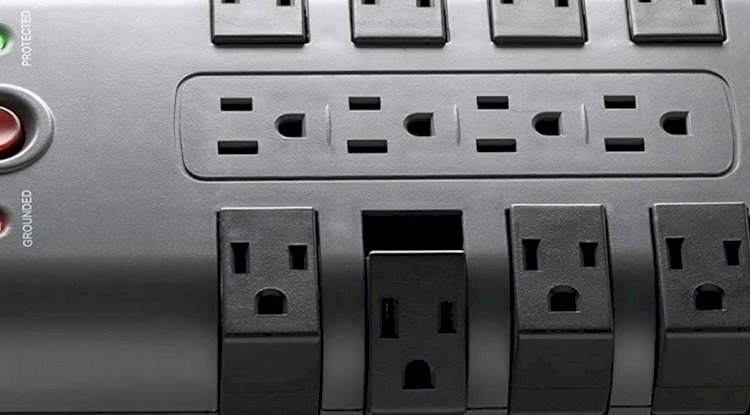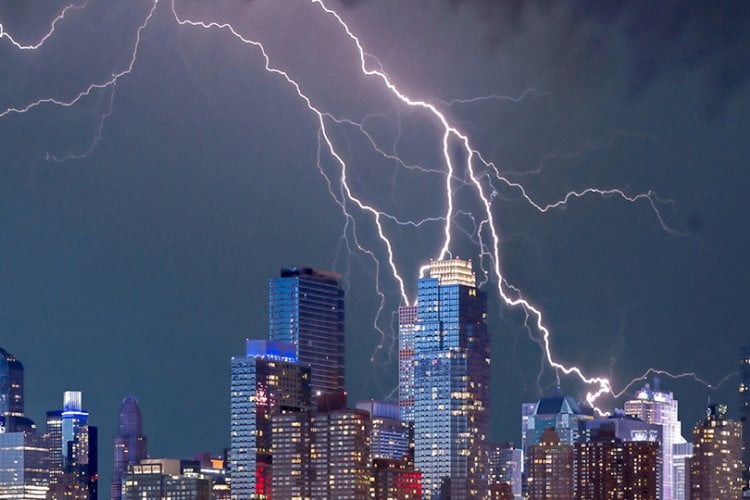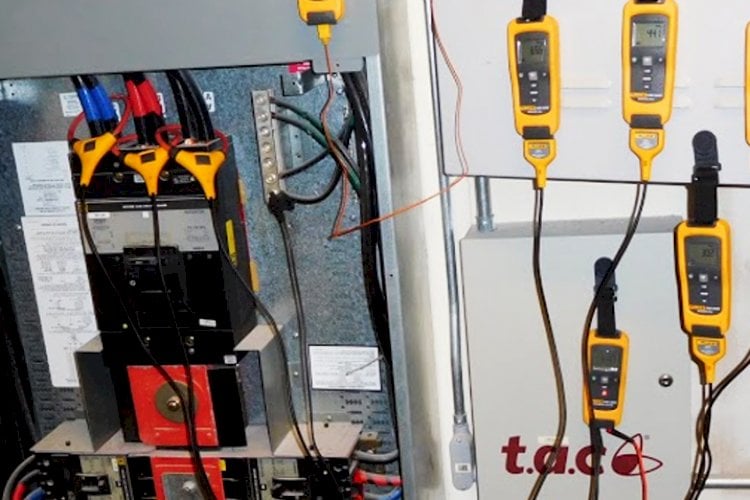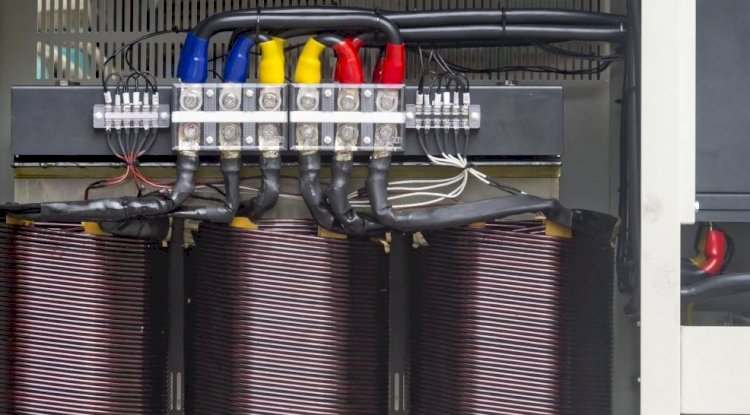Bill asked:
I bought a Surge Protection Device (SPD) for my laptop that is working fine. However, in the fine print of the documentation it tells me that I should not use it with extension cords. Why is this?
Our Answer:
The statement saying not to use with a power cord, has more to do with legal issues than with an electrical issue. However, there is a less than 1% chance that an issue could occur: Take an example of a construction foreman (or forewoman) working at a busy job site. They plug the surge protector in to the one outlet they have available, run 200-ft of extension cord through walls, across floors, etc., to where the foreman is working away on his/her laptop. Unknown to the foreman, the extension cord was routed on top of other power cords, exposed electrical wires, arc-welders, etc. That 200-ft extension cord can pick up enough induced electrical currents from these other power sources to damage the foreman’s laptop, because the surge protector is on the wrong side of the power cord.
In other words, you don’t want to install your surge protection device to far away from the equipment you are trying to protect. No long power cords between the device your protecting and the surge protector.
Also, you will often find statements that you should not install the surge protection device (SPD) to close to the main electrical panel, as the device needs at least 30-ft of wire between it and the first panel disconnect to function properly.
Conclusion
You don’t want your surge protection device to close to the main electrical panel, and you don’t want long extension cords between your sensitive equipment and the surge protection device.
Bottom line, if you plug this device into the wall of your hotel room and then plug your laptop’s power cord into it, you will have great surge protection.
Good Luck!
The Engineering Experts at E&S Grounding Solutions





